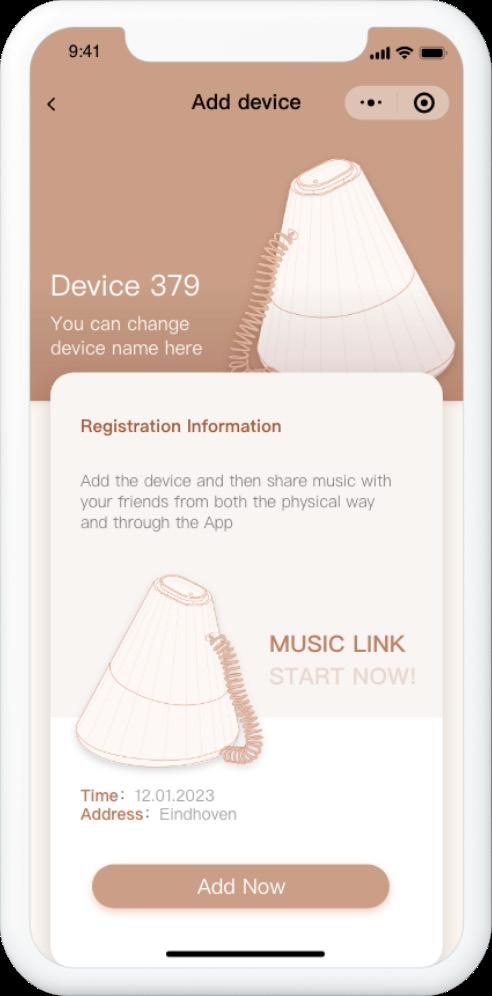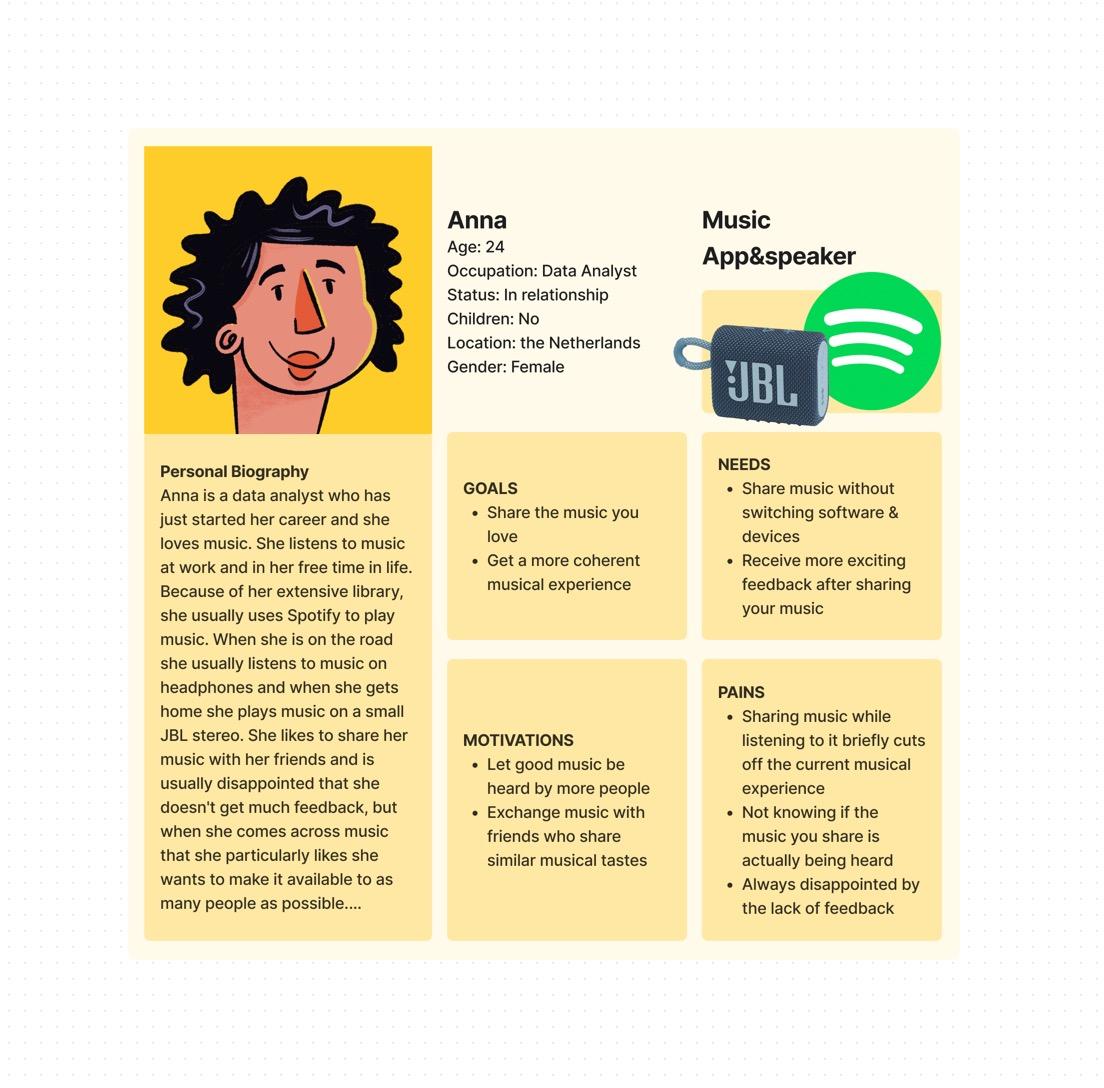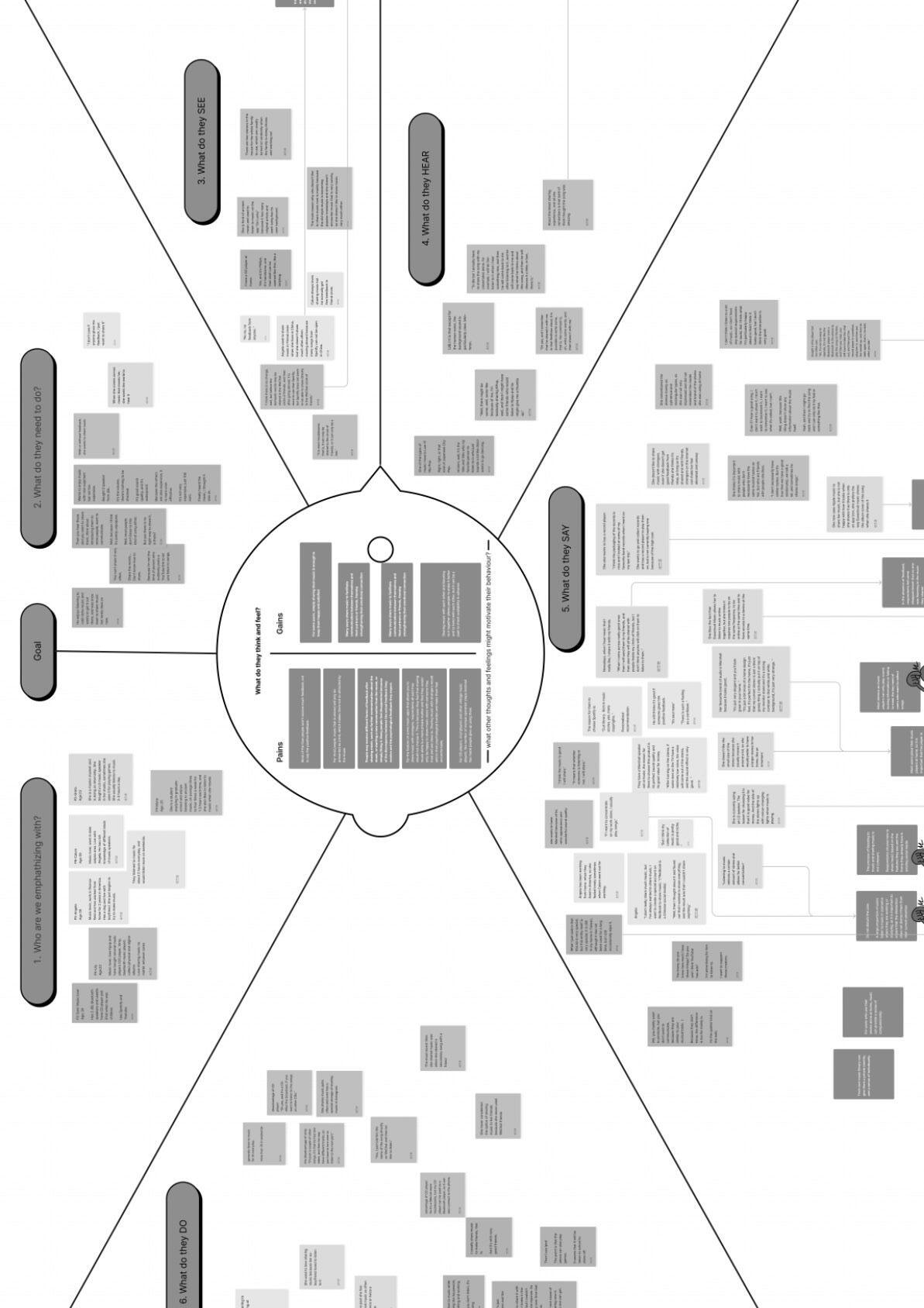
5 minute read
02 RELATED WORKS
Much like the technologies used to play mu sic have evolved over time, so too have th e ways in which people share and converse about music. People used to collect vinyl records and CDs in the analogue era to demonstrate their musical preferences and personalities, as well as to socialize with one another by exchanging physical albums. Since the invention of portable music devices like MP3, people have started to listen to music with one another by lending the other half of their earphones. Following the advent of streaming music and the digital revolution, individuals have tended to use streaming music applications to enjoy and share music [21].
However, even with the dominance of streaming music in the global music market, physical music playback devices are still popular with many consumers. According to statistics, vinyl records were the most popular medium for physical music playback in 2020, with nearly 5 million copies sold, and the main purchasers contributing to these sales are young people under the age of 35 [22]. The physical medium requires a more laborious procedure than electronic playback devices, which can be readily controlled with a tap on the screen or a voice command, but people are still not ready to give up vinyl records and CD players. Much of a music experience that is dependent on hedonic consumption cannot be transmitted in a dematerialized form [23]. Touching an object can enhance the perception of the service, especially for objects with high aesthetic appeal, and tangibility can help foster a stronger psychological bond between users and the associated service [9].
Advertisement
Therefore, during the desktop research phase, I will gather and analyze information in two areas.
1) THE DESIGN AND INTERACTION TECHNIQUES USED IN TODAY'S STREAMING MUSIC APPS TO SUPPORT MUSIC SHARING.
2) TANGIBILITY PREFERENCES AND PERCEPTIONS OF THE MUSIC EXPERIENCE.
By analyzing people's experiences of sharing music in the digital world, I hope to draw a current common interaction process used in popular streaming music platforms as a preliminary framework for this design project, thus, to identify where this process fails to meet user needs and needs to be optimized. In the second section of the analysis pertaining to the physical music experience, I intend to ascertain how the tangible product's physical features affect the user experience. Based on which I will investigate how these physical interaction elements can be employed to make up for a lack of experience in the electronic world in the ensuing design. These discoveries will ultimately aid in the development of an innovation for fusing the physicality of music-sharing interactions with streaming services to improve the user's music sharing experience.
A number of streaming music platforms have already started to experiment with embedding social features, including Spotify, Apple Music and Last.fm. While most attempts to socialize streaming music
2.1 MUSIC SHARING IN STREAMING SERVICE SPOTIFY

As a pioneer of streaming music services in the social networking space, Spotify has been exploring the introduction of social features in music since a few years ago. In 2011/12, Spotify experimented with a social shift by creating profiles, adding friends and dragging and dropping music, and Facebook joined the Spotify dashboard as a partner to help show what friends were listening to and what was currently popular [5]. However, the Inbox/Messages feature was quietly phased out a few years ago due have shown that it is not that easy to make it work, there is no doubt that social music sharing is an area that has a lot of potential and deserves more exploration to find the right direction. to low usage. Figure 1 shows how Spotify used to share music messages within the web-based software. This failure does not mean that the music message sharing feature was not desired by users. From the user feedback collected from some current year users, it appears that the overall interface set-up makes it difficult for most users to discover or notice this feature, which might be the main reason for its low usage.
Netease Cloud Music
NetEase Cloud Music is one of the largest streaming music platforms in China. Its fantastic social features are the main factor that has allowed it to stand out in China's very competitive streaming music market. According to the software's creators, it is committed to creating a mobile music community for its customers. Currently, NetEase Cloud Music offers users a variety of options to share music, including sharing music to third-party social media platforms, sharing music to friends' mobile screens, adding music friends within the software, sending music messages and inviting friends to listen to music at the same time, etc. Figure 3 illustrates how the main interface and procedure are organised. In 2022, NetEase Cloud Music even launched Mus, a music dating platform for strangers, but with the expansion of these social features and the sophistication of information about music social circles, more and more users began to think that the software was no longer pure.It appears that as music software, it has lost sight of its primary goal of disseminating and sharing music [24].
Although initial attempts to share music messages within the app were unsuccessful, Spotify is still actively exploring other aspects of music social applications. Currently, the main music sharing interaction flow on Spotify mobile can be summarized as shown in Figure 2. When a user wants to share a music message, they need to jump from Spotify to the social media app associated with it or copy the link and paste it to a friend through another channel.

In addition to this, Spotify is exploring a new social direction in music with the introduction of Group Sessions in 2020, which will allow advanced users to share playlists with friends and even listen to and control music playback at the same time. In particular, the "Spotify Wrapped Campaign" at the end of each year since 2016 has also shown great success. In 2020, more than 90 million users worldwide were actively using this fun feature to showcase their music habits and tastes and communicate with their friends [18].

As a complement to the analysis of the online profiles, I have collected screenshots of the different types of music sharing from personal social media accounts for analysis, including feedback from both parties involved in the sharing process, as shown in Figure 4, where all the identity information involved has been blurred. It can be seen that shares that present a nice album cover and basic information about the song tend to be more attractive to the person who shares it than shares that are linked or tell the song title directly, thus increasing the probability of the share being opened and receiving more feedback. music world is gradually being lost, and more and more researchers are looking into the connection between materiality and the musical experience. Studies have shown that people's preference for tangibles is positively correlated with music engagement [14]. Engagement is an important factor influencing consumer attitudes, behavior and decision perceptions. Particularly in hedonic consumer products that focus on aesthetics and subjective experience, user engagement tends to stimulate more emotional engagement [6]. Skågeby uses the example of cassette tapes to argue that

2.3 MISSING GAP
physical attributes such as the size of the object provide real aesthetic value[12] and Magaudda explains how the materiality of music can help shape valuable listening habits by comparing the iPod, the external hard drive and the vinyl disc[7]. In addition, research has also begun to explore how the physical properties of the physical music medium can be combined with streaming music to create a better musical experience, with Choi and Ha yeon investigating how weighty physical interactive elements can be applied to the electronic music world by designing a model called MuScale[25].







